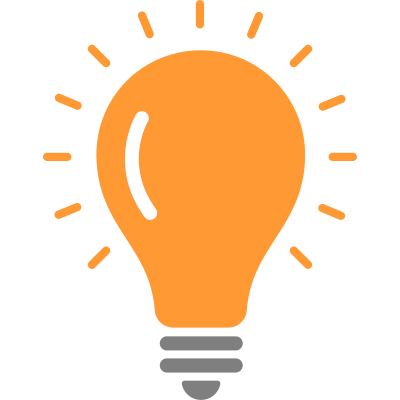- cross-posted to:
- [email protected]
- [email protected]
- [email protected]
- [email protected]
- cross-posted to:
- [email protected]
- [email protected]
- [email protected]
- [email protected]
Remember how we were told that genAI learns “just like humans”, and how the law can’t say about fair use, and I guess now all art is owned by big tech companies?
Well, of course it’s not true. Exploiting a few of the ways in which genAI --is not-- like human learners, artists can filter their digital art in such a way that if a genAI tool consumes it, it actively reduces the quality of the model, undoing generalization and bleading into neighboring concepts.
Can an AI tool be used to undo this obfuscation? Yes. At scale, however, doing so requires increasing compute costs more and more. This also looks like an improvable method, not a dead end – adversarial input design is a growing field of machine learning with more and more techniques becoming highly available. Imagine this as sort of “cryptography for semantics” in the sense that it presents asymetrical work on AI consumers (while leaving the human eye much less effected).
Now we just need labor laws to catch up.
Wouldn’t it be funny if not only does generative AI not lead to a boring dystopia, but the proliferation and expansion of this and similar techniques to protect human meaning eventually put a lot of grifters out of business?
We must have faith in the dark times. Share this with your artist friends far and wide!


@[email protected] already pointed this out, but it’s kind of fucking amazing how obvious it is that this trash sounded smart to you when you wrote it, but in the same post you’ve made a bunch of mistakes that give away you don’t even have the vaguest idea of what art is or how it’s made
the year is 2034. i am robbing a bank to pay the openAI licencing fee so i can pursue my dream of being a writer.
“Democratizing art!!!” really had me chuckling for a second, but only a second. The bit was already used up by the coiners